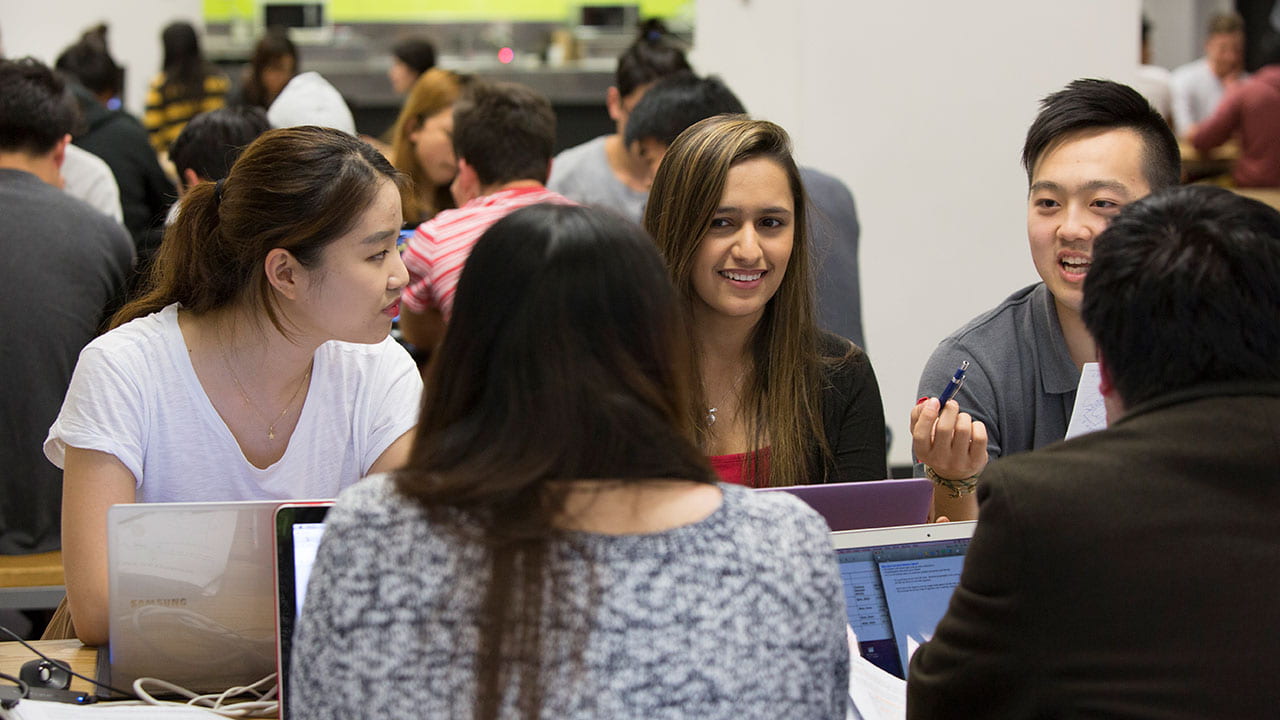He Aratohu Haumaru: For Learner Success
Kia ora, Talofa lava, Kia orana, Mālō e lelei, Fakaalofa lahi atu, Bula Vinaka, Fakatalofa atu, Halo Oloketa, Ia Orana, Maui, Aloha, Malo ni, Hafa Adai!
Welcome to, He Aratohu Haumaru: For Learner Success, a good practice guide supporting Māori and Pacific learner success for Waipapa Taumata Rau, University of Auckland teaching staff.

We are fortunate in Aotearoa New Zealand to be a Pacific Nation with a unique bicultural heritage. A country that is now made up of many different cultures and is unique in its diversity. Waipapa Taumata Rau, University of Auckland, being based in Tamaki Makaurau Auckland, is a place of learning for students of many backgrounds including many Māori and Pacific learners.
Despite academic achievement rates increasing for both Māori and Pacific learners in the last decade, significant disparities still remain. We need to consider how we can adapt and adjust our teaching approaches and practice to better cater for these learners; and to provide the greatest opportunities for success.1
For our Māori learners, as tangata whenua, we have a commitment to them under our obligations to te Tiriti o Waitangi. In addition, the Pacific population is the youngest and fastest natural-growing population in New Zealand, with currently 34% of the Pacific population aged under 15 years; with 64% of New Zealand’s total Pacific population calling Auckland home.2 Educators must prioritise and learn how to effectively teach these learners, who will very soon constitute a large part of the Auckland population (Salsea 2017, cited in Uperesa et al.).3

Did you know, the number of Pacific and Māori students enrolled in our undergraduate programmes continues to increase each year. However, “… at no university in the country do Māori or Pacific learners complete bachelors qualifications at the same rate as non-Māori and non-Pacific learners.”3

Did you know, that by 2038 it is predicted that 650, 000 people in Aotearoa will be of Pacific descent; and that today more Niueans, Cook Islanders and Tokelauans live in New Zealand than on their respective islands.2
What is the University trying to achieve?
The University is a diverse institution with ever-changing learning environments. We see the importance of establishing an inclusive learning environment early. This enables opportunities to connect with tauira (students) and proactively adapt to suit teaching and learning needs. These guides aim to support your journey in creating a learning culture inclusive of diverse learner needs, leading to an increase in engagement, retention, and success.
How is this resource different?
The eight interactive books that you will find below have been built as good practice guides for teaching staff, focusing on simple, practical, in-class strategies that you can experiment with, within different teaching and learning environments across Waipapa Taumata Rau to support both achievement and wellbeing.
The content is grounded in sound pedagogical principles and 21st century approaches to teaching and learning. The strategies and approaches are designed to be responsive to Māori and Pacific learners at Waipapa Taumata Rau, but will be of benefit for all learners.
This ‘toolbox’ suggests achievable first steps to adjust practice to better support our Māori and Pacific learners, with some opportunities for further learning. We suggest selecting one or two activities during your lectures and perhaps building on this by sharing your outcomes with other course directors to avoid repetition for students.
The resource is under pinned by universal design principles. It will continue to be added to and extended over time, including opportunities for teaching staff to share practice, strategies and lessons learned. We encourage you share feedback on how this resource might be grown/extended over time and any examples of practice that has made an impact on Māori and Pacific learning in your faculty.
Interactive staff guides
Glossary of terms
The following terms are used throughout the guides:
- Tauira – student
- Kaiako – this term will refer to all teaching staff/educators, including pouako (lecturers), ahorangi (professors), poutoko (tutors) and Kaiāwhina
- Whakaako Paerua – Graduate Teaching Assistants
- Kaimahi – non-teaching staff
For more In-depth learning around Kaupapa Māori and Pacific Pedagogies, and how these can be built into faculty curriculum development, assessment approaches and Canvas course design; please see Waipapa Taumata Rau’s Pro Vice-Chancellor Māori Office and Pro Vice-Chancellor Pacific Team and your faculty-based Kaiārahi.
We also recommend contacting your faculty’s Tūakana team to initiate collaboration in course planning and support.
Page updated 31/10/2025 (minor edit)
- Ministry of Education. Best Practice for Teaching Pacific Learners: Pacific Evidence Brief 2019. Wellington, New Zealand: Ministry of Education, 2020. ↩
- Ministry for Pacific Peoples (n.d.). Yavu eLearning module. https://www.mpp.govt.nz/training/yavu-module/ ↩
- Uperesa, Lisa, Tim Baice, Marcia Leenen-Young, ‘Ema Wolfgramm-Foliaki, Jasmine ‘Ofamo’oni. Curriculum Transformation: Research insights for Pacific success. Commissioned Report. Waipapa Taumata Rau, The University of Auckland, 2022. ↩








